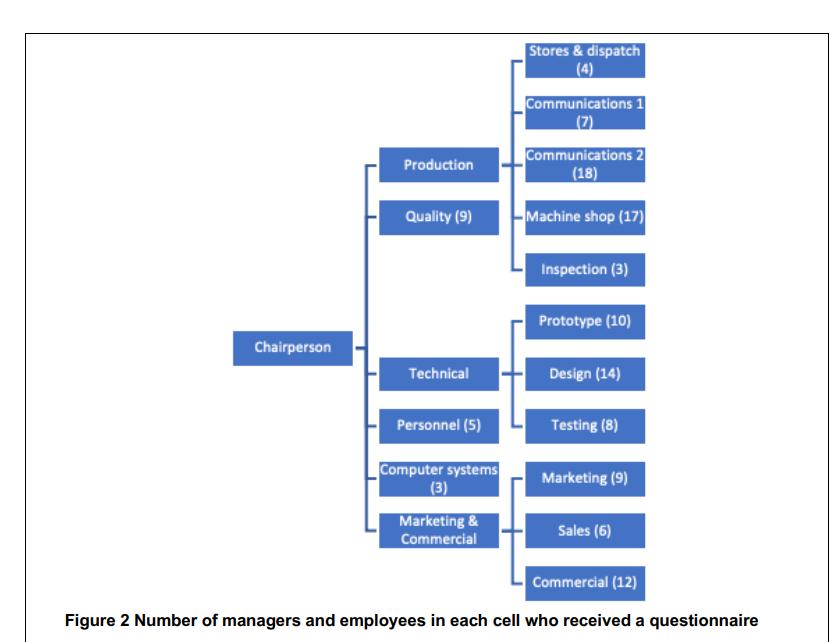Question
Hattersley Electrics is a division of the Hattersley Group PLC, a United Kingdom based manufacturing conglomerate whose main markets were, until recently, the high tech
Hattersley Electrics is a division of the Hattersley Group PLC, a United Kingdom based manufacturing conglomerate whose main markets were, until recently, the high tech aerospace and the defence industries. In recent years both the recession in the airline industry and the contraction in defence spending by European governments have hit the division. In order to overcome these Hattersley Electrics has embarked upon the process of repositioning itself within the electronics marketplace niche of advanced civilian communications equipment. As part of this it has changed its manufacturing foci and chosen to downsize and restructure its workforce. Initially the workforce was not resistant to change due to the extensive efforts made by management to keep them involved and informed at all stages. This involved restructuring the division (Figure 1) into cells and reducing the workforce from 380 to 250. After this restructuring the works council informed the division's management team that the workforce were concerned about the longer term effects of these changes. In particular they highlighted possible loss of employment, future job security, a lack of division identity, a lack of direction from senior management and a lack of employee involvement in recent decisions.

A consultancy group was hired by the management team and set three objectives to be achieved (at a 95% level of certainty) within a fixed budget and a time scale of 10 weeks from start to finish. These were to establish: 1. the views of the division's managers and employees about the effectiveness of change at Hattersley Electrics; 2. general perceptions of the division's managers and staff about general aspects of the experience of the changes at Hattersley Electrics; 3. whether there were any differences in general perceptions between departments and between managers and employees. The agreed methodology involved three stages of data collection. In the first stage interviews were undertaken with the division's chairperson and six managers and a sample of employees. One employee was selected at random from each cell. These interviews were to enable the consultants to understand the background to the changes, and to establish the full variety of opinions regarding its effectiveness. In addition they covered a range of other issues associated with general aspects of the experience of the changes. In the second stage a questionnaire was distributed, which reflecting the issues generated by interviews in the first stage, to 50% of company managers and employees. This sample was selected from a sampling frame generated from the personnel department's staff database by department and cell. Within each cell employees were listed in order of seniority. All employees other than those in the production department received a questionnaire; 28% of those employees in the production department received a questionnaire. The numbers sampled in each cell is given in Figure 2. Overall there was a 97.6% response rate to the questionnaire, two non-responses coming from the Computer Systems department and one from the production department.

After the analysis of the questionnaire, three follow-up group interviews were undertaken, each group consisting of five or six people (stage 3). One group consisted of production employees, another of managers from all departments and a third of employees from all departments other than production. In the interviews, issues that had arisen during the analysis of the questionnaire were probed and clarified.
2.1 Compile a sampling discussion for the research proposal that the consultancy group should provide for this study. (8)
2.2 Complete the following table expressing yourself about the unit of analysis and the unit of observation for the three stages of the research project. (12)
| Stages | Unit of analysis | Data collection | Unit of observation | Statement of findings |
| 1. | ||||
| 2. | ||||
| 3. |
Chairperson Departments Cells Stores & dispatch (16) Communications 1 (27) Production Communications 2 (61) Quality (9) Machine shop (59) Inspection (11) Prototype (10) Technical Design (14) Personnel (5) Testing (8) Computer systems (3) Marketing (9) Marketing & Commercial Sales (6) Commercial (12) Figure 1: Organisational structure of Hattersley Group PLC Electrics Division (Figures in brackets refer to number of employees including managers.)
Step by Step Solution
There are 3 Steps involved in it
Step: 1

Get Instant Access to Expert-Tailored Solutions
See step-by-step solutions with expert insights and AI powered tools for academic success
Step: 2

Step: 3

Ace Your Homework with AI
Get the answers you need in no time with our AI-driven, step-by-step assistance
Get Started


